It took me a while to find the motivation to finally wrap up the story of our first season living on a sailboat—a season during which we sailed around Europe, making our way from Sweden, through Poland, all the way to Greece. Physically, we reached our destination at the end of 2023, and now we’re finally getting there in our blog stories too—the final chapter of that journey, Sicily to Greece leg, awaits you below.
Sailing into Syracuse
In the previous Module 12, we left you just before arriving in Syracuse. For those interested, we’ve also prepared two separate articles about Syracuse itself—one focused on sailing, the other more tourist-oriented. As I’ve mentioned more than once, Syracuse became a safe and comfortable haven for us—both on our journey eastward and again, a year later, on our way back west. It’s one of those places we’ll always return to with joy.
Syracuse Staycation
How an Appendix Changed Our Sailing Plans
Let’s start with the fact that we spent nearly a month in Syracuse. Our anchor practically grew into the seabed, and we became so attached to the city that it was hard to leave. One of the reasons—besides our obvious love for Syracuse—was… Tomek’s appendix, which decided that this was the perfect place to abandon ship and stay in Sicily. 😅
Many people might think that something like this is a huge problem and just plain bad luck—but we believe that if it had to happen at all, we honestly couldn’t have found a better place for it. The proximity of the city, a well-protected anchorage sheltered from all wind directions, where the boat could sit safely, and a hospital right nearby—everything lined up perfectly.
Maybe one day we’ll write a separate post about that adventure, but for now, we won’t go into too much detail. There was a hospital, there was surgery, there was recovery under the Sicilian sun—and everything went smoothly and happily! ☀️⚓
Setting off From Sicily to Greece
After just under a month, we set off from Syracuse, Sicily to Greece, to continue our journey. Unfortunately, the unexpected stop meant it was already mid-October—and we had only about a month left until our planned haul-out. Still, we didn’t head straight for Greece. Instead, we started with shorter passages to make sure Tomek’s surgical wounds were healing properly and his body could handle being back in sailing mode. Luckily, everything went just fine, and after a brief anchorage stop near Augusta, we made our way to Catania. From a distance, we can admire majestic sight of Mount Etna towering over the city.
Sailing into Catania
Catania is a vibrant city nestled at the foot of Mount Etna, located on Sicily’s eastern coast. It’s known for its baroque architecture, street food, and authentic atmosphere—though to be fair, that could be said about many Sicilian towns. What impressed us most, however, was the spectacular view of Etna along the city’s main artery—Via Etnea. This perfectly straight avenue leads uphill, culminating in a stunning vista of the volcano rising majestically at the end.
There are several marinas and pontoons in Catania where you can moor your boat—we chose Circolo Nautico marina, mainly because of the more favorable pricing. We booked in advance via email.
Water quality in Syracuse
During our stay, we had to completely replace the water in our tanks. The water we’d filled up with in Syracuse before setting off turned out to be nearly undrinkable—it had a very sweet and strange taste. Most likely, it was because of the volcanic activity in the region. Although technically potable, the taste was terrible. Upon arriving in Catania, we emptied both of our tanks (over 400 liters in total) and refilled them with fresh water from the marina. This new supply also had a slightly sweet aftertaste, but it was much better than the water from Syracuse and was fine for daily use.
Sightseeing Catania
We also find a bit of time for sightseeing. In addition to the aforementioned Via Etnea with its iconic view of the volcano (which was gently puffing smoke during our stay), the city is full of historic buildings and churches. Unfortunately, we don’t have time to see everything—we’re already planning to set off for Greece the very next day. So, we decide to go for the views and climb the tower of Chiesa della Badia di Sant’Agata, which offers a breathtaking panorama of the city. The approaching storm adds a touch of drama—dark navy clouds contrast beautifully with the light-colored stone buildings, creating a truly spectacular scene.
But since the storm is rolling in, it’s time to head back to the boat. We do a bit of last-minute shopping before the crossing from Sicily to Greece, have one final Sicilian pizza… and we’re almost ready to say goodbye to this piece of Italy that will forever hold a place in our hearts. It’s hard to accept that this is the last pizza, so… we grab another one to go—planning to reheat it at sea on the way to Greece. 😂 Highly recommended! And while we’ll definitely miss Sicilian pizza until we return, maybe after a month of indulgence, a little detox won’t hurt…
Final Passage of the Season
We set sail from Sicily to Greece the next morning. Unfortunately, the wind is light, so we move slowly. But at this time of year, there’s no point in complaining about the weather. Ahead of us lie 300 nautical miles and a slow drift eastward. With each passing day, we feel more and more that the season is winding down, autumn is coming, and with it, the inevitable end of our first year of sailing. Luckily, our spirits are lifted by… reheated Italian pizza! 😄
Arrival From Sicily To Greece
Twelve hours behind schedule, we finally arrive at night in Lakka on Paxos. We drop anchor just after entering the bay—in the darkness and with so many other boats around, there’s no point in trying to go further. It’s time for some sleep. We know we won’t be staying long.
That same day, we moved to another anchorage—this time to Syvota on the Greek mainland, to meet up with friends who had flown in to sail with us, even if only for a little while. Unfortunately, our unplanned stop in Syracuse had seriously disrupted our sailing plans, but we still managed to spend a few lovely days together and make the most of the last warm autumn moments at anchor.
Anchor issues – again!
And speaking of anchor —unfortunately, during the crossing from Sicily to Greece, our 33-kilogram Vulcan once again made its presence known. I’ve said this many times before, but I’ll say it again: whoever thought it was a good idea to pull the anchor directly up to the bow on a Malö should roast in hell! 😅 Because of this setup, it’s really difficult to properly secure the anchor during passages, and despite our best efforts to tie it down, in heavier seas it tends to bounce and slam against the bow. This time, it bounced so enthusiastically that it came loose and carved out a rather noticeable dent in the gelcoat… in the shape of a smile. By the time we got to the bow to re-attach it, the “smile” was already there. Oh well—another repair to add to the winter to-do list.
Quick flash-forward: since that incident, we’ve finally found a working solution to the anchor problem. These days, we secure it tightly with a combination of rope and a ratchet strap tied to the windlass mount, which works well in most conditions. We’ve also added stainless steel shields to the bow to protect the laminate in case the anchor does manage to break free again. Details about it here.
Sailing to Corfu Off-Season
Back to Greece. Though the season is slowly coming to an end, we still have about a month left and we intend to make the most of it. After saying goodbye to our friends, our next stop is the island of Corfu. Right from the start, we appreciate the fact that we’re sailing here off-season—we know that in summer, the area is packed with boats and tourists. We begin by heading to the island’s main town, which—like the island itself—is simply called Corfu.
Corfu – General Info
Corfu is an island in the Ionian Sea and the seventh largest in Greece. Over the centuries, it came under the rule of the Venetians, the French, and the British, among others. The island boasts a rich historical heritage, reflected in its landmarks and architecture, which blend influences from various eras and cultures. Its architectural style—especially the Venetian and French elements—stands in stark contrast to the white-and-blue buildings typical of the Cyclades, making Corfu feel quite different from the Greece we had come to know so far.
Corfu – Sailing Information
Near Corfu Town, there are plenty of anchoring options, as well as two marinas—Mandraki and Gouvia. As usual, unless absolutely necessary, we steer clear of marinas and opt for anchoring. Over the course of a few days, we tried nearly every option available: we anchored on the southern side of the peninsula with the fortress (Ormos Garitas—that’s where we took the photo for our blog’s homepage), on the northern side of the castle (Kerkira Viver por Ar e Mar), and on the western side of the port (Potamos Bay). The names in parentheses match those used in the Navily app. Naturally, our choice of anchorage depended on the current wind direction.
The bay on the western side of the port is especially convenient for major provisioning runs. You can take the dinghy up the Potamos River, almost right to the doorstep of the Lidl and Masoutis supermarkets. There are also technical stores nearby. We didn’t visit Mandraki Marina at all, but we did stop briefly at Gouvia—just to refuel. That said, you can also do some shopping there, as there’s an AB supermarket about a 10–15 minute walk from the marina. East of the main port, along the promenade, you’ll also find marine, fishing, and diving supply shops.
Exploring Corfu
So what did we actually see in Corfu? Well, you could say… we finally got to see the town itself — because judging by the scenes from summer, it often feels like the only thing visible are the crowds.
The Old Fortress – Corfu
We started our walk, of course, with the fortress we’d been admiring from our anchorage. The Old Fortress (Palaio Frourio) is an impressive 15th-century Venetian stronghold, perched on a rocky peninsula right next to the old town. For centuries, it served as the island’s main line of defense against attacks from the sea. Today, we wander its walls and take in the sweeping views over the harbor, the city of Corfu, and of course — our Tranquility! Adding to the atmosphere is the fact that a music school is housed within the fortress buildings—so if you happen to come across a talented student during your walk, their music might just become the perfect soundtrack to your visit.
Within the Old Fortress, there’s an unusual landmark for Greece — the Church of Saint George (Agios Georgios), built in the 19th century by the British. The building stands out with its neoclassical architecture, closely resembling an ancient Greek temple. But in reality, it’s a fairly modern church — which makes it look… rather odd.
Casa Parlante Museum – Corfu
We continue our walk along the Liston promenade — an elegant, historic boulevard in the heart of Corfu, inspired by Paris’s Rue de Rivoli, full of charming cafés, arcades, and boutiques. Just a few steps from here is the much-recommended Casa Parlante Museum.
Casa Parlante is a “living museum” in the heart of Corfu’s old town, located in a restored 19th-century mansion. With animated figures, authentic furnishings, scents, and soundscapes, visitors are transported back in time to experience what daily life was like for Corfiot aristocracy. Tours are guided, with engaging narration that brings to life both the lives of the noble families and their household staff. It’s definitely worth a visit if you’re interested in history.
Church of Saint Spyridon – Corfu
Continuing our walk through the town, we also visit the Church of Saint Spyridon—the most important religious site on Corfu, where the relics of the island’s patron saint are kept. Although modest from the outside, the interior is stunning, filled with icons, frescoes, and an elaborate iconostasis. It’s the spiritual heart of the city and a major pilgrimage site, especially during the solemn processions when believers carry the saint’s relics through the streets.
Museum of Byzantine Icons – Corfu
Staying with the sacred theme, we also stop by the Museum of Byzantine Icons, located inside the historic 15th-century church of Panagia Antivouniotissa. The museum houses an impressive collection of around 90 icons and relics. It’s a fascinating spot for anyone interested in religious art and Byzantine history. While it might not be a must-see for every visitor to Corfu, I’d say it’s definitely worth checking out—especially if the weather outside isn’t cooperating.
Corfu – Exploring the North
It’s time to move on—this time we’re heading north to Avlaki Beach bay. Despite the rain, we once again appreciate the beauty of the Ionian Sea off-season: we have the entire bay to ourselves, as well as the beachfront restaurant. Quiet walks and peaceful moments help us recharge after a busy sailing season, before the winter boat work begins. We especially recommend the coastal walk to the village of Agios Stefanos—it’s scenic and serene. Once there, we even manage to find a few cafés still open, although it’s clear they’re in their final days before closing for winter. Between the rain showers, we even dip into the water—though the temperature definitely reminds us it’s autumn.
Season is Coming to an End
Before reaching our final stop of 2023—Preveza—we also visited Erikoussa, Paxos, Antipaxos, and Lefkada. Descriptions of these islands, the marinas, anchorages, and our activities there will be coming soon in a separate post, where we’ll share our entire Ionian sailing experience—both the autumn leg you’ve had a taste of in this module, and the spring leg, which begins when we set sail from Preveza in March 2024. It’s just around the corner!
Final Miles from Sicily to Ionian Sea – Summary
As mentioned earlier, our 2023 season came to an end in Preveza. On November 20th, Tranquility was hauled out at Aktio Marina, marking the start of our very first winter of boat work—which lasted until March 2024. If you’re curious about the upgrades and repairs we tackled during that time, be sure to check out the post dedicated to our winter projects.
And so, our first season of living aboard came to a close, as did this series on the blog. It was a special one—the first, intense, and full of learning: both about our new boat and about a completely new way of life. We’ve collected all our thoughts and reflections in a post titled Sailing Around Europe – Reflections from 2023, which we warmly invite you to read. We sailed 4,700 nautical miles, setting off from Sweden on March 26th and arriving in Preveza, Greece, on November 20th.
We hope you’ve enjoyed this 13-module series documenting our first sailing season. Now it’s time to dive into the adventures of 2024! I’ll do my best to stay on track this time — no more falling behind!
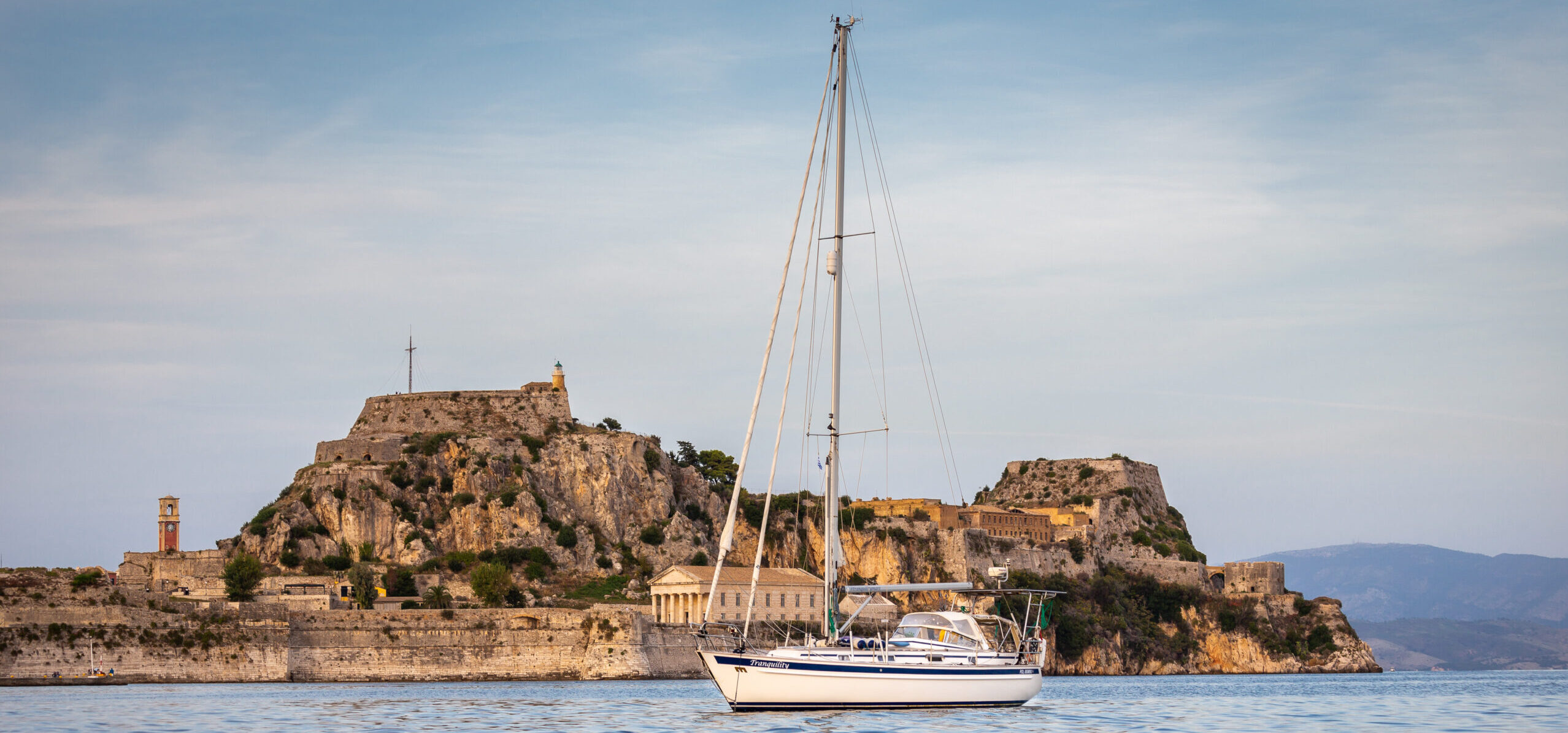
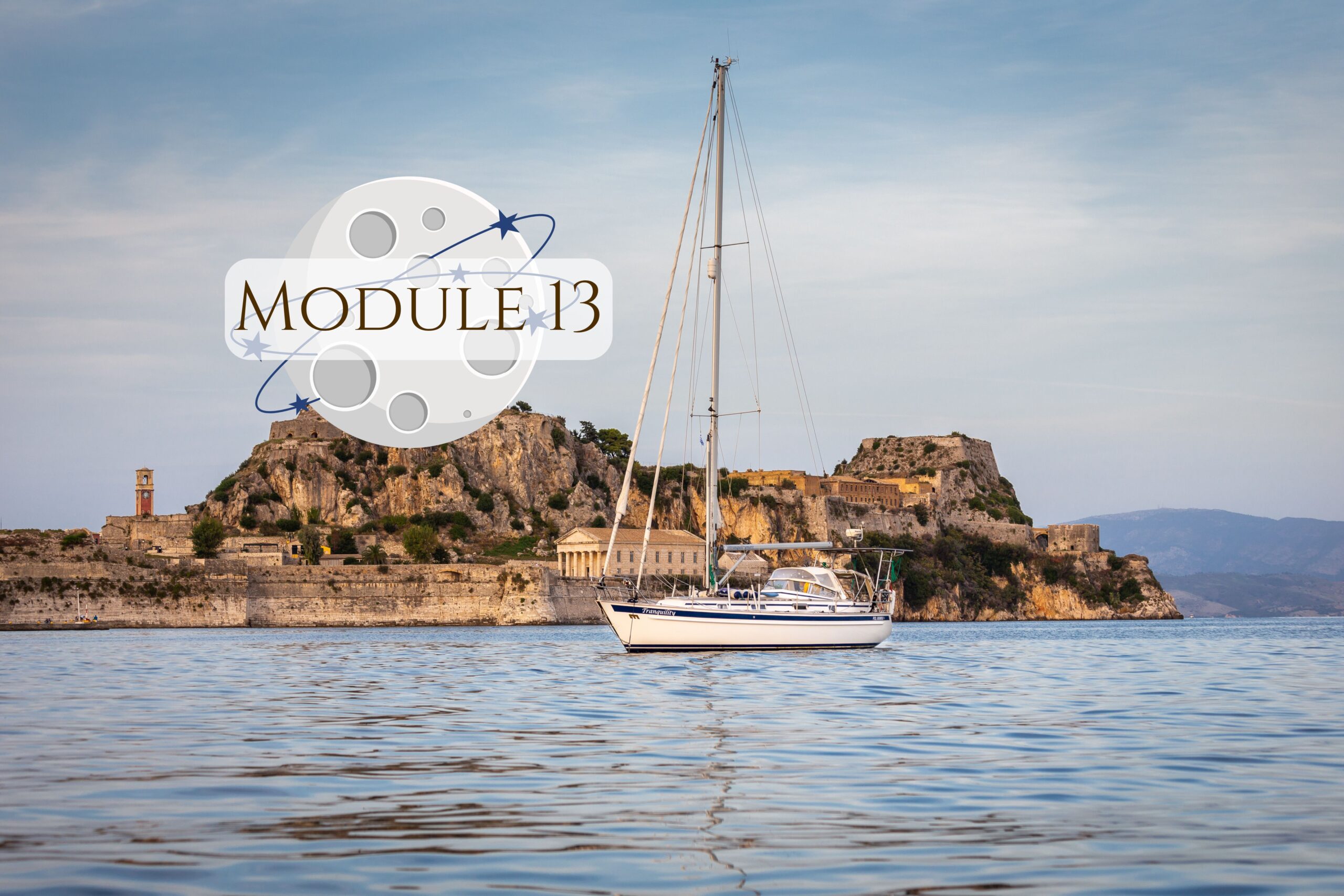
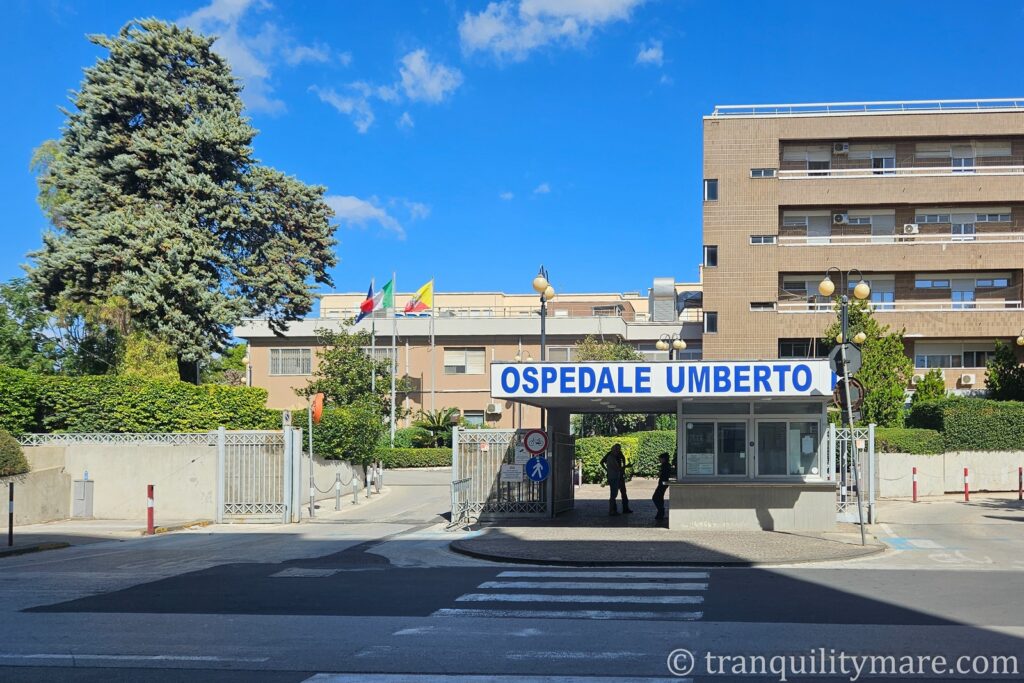
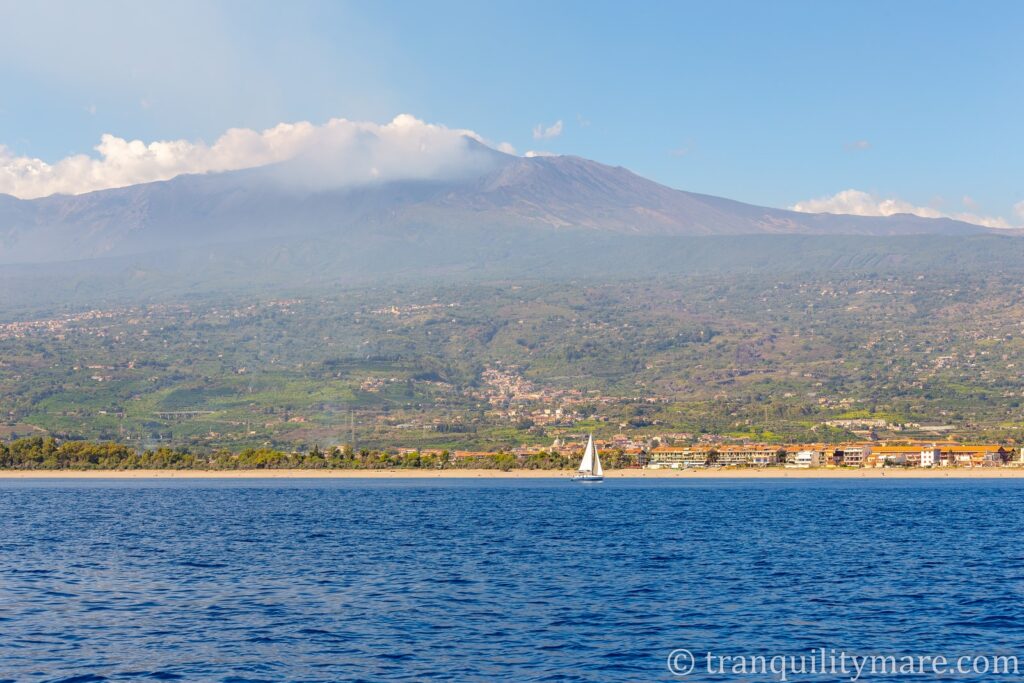
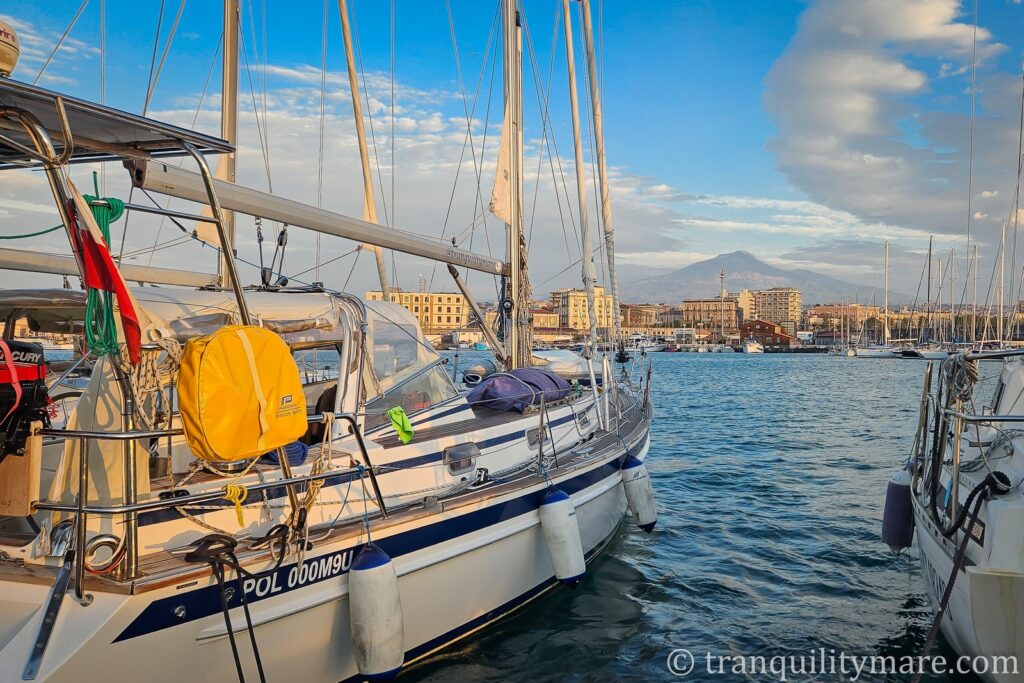
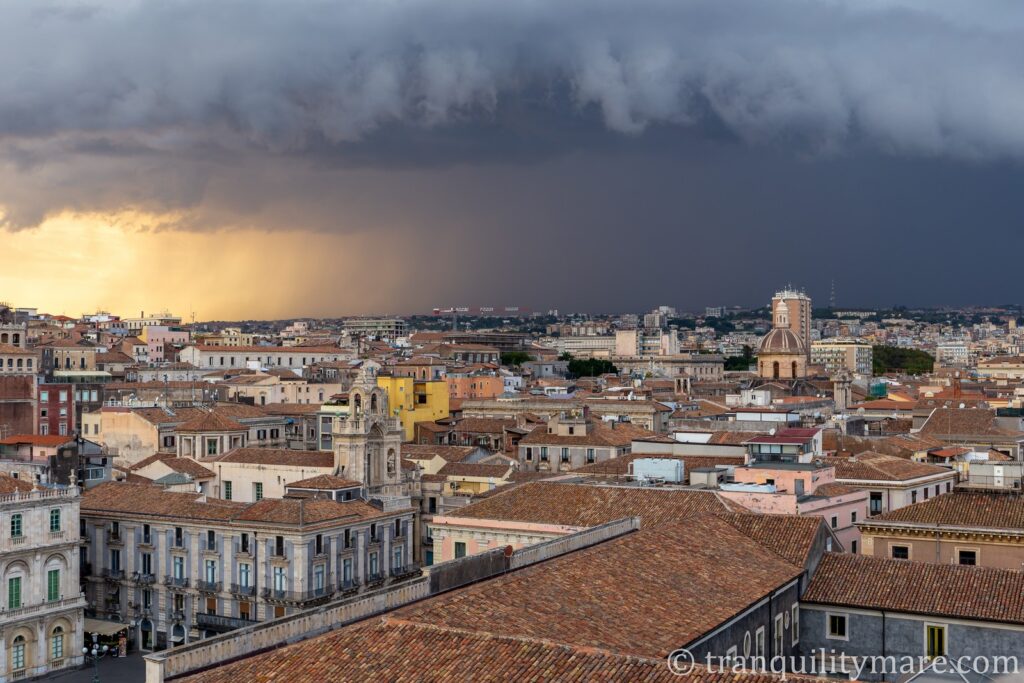
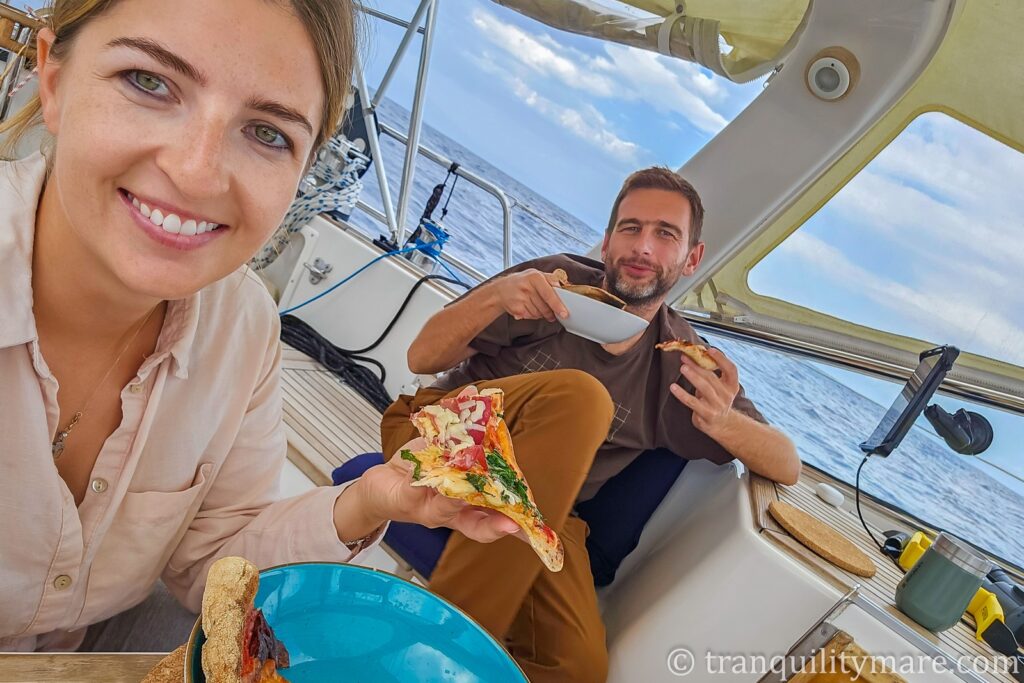
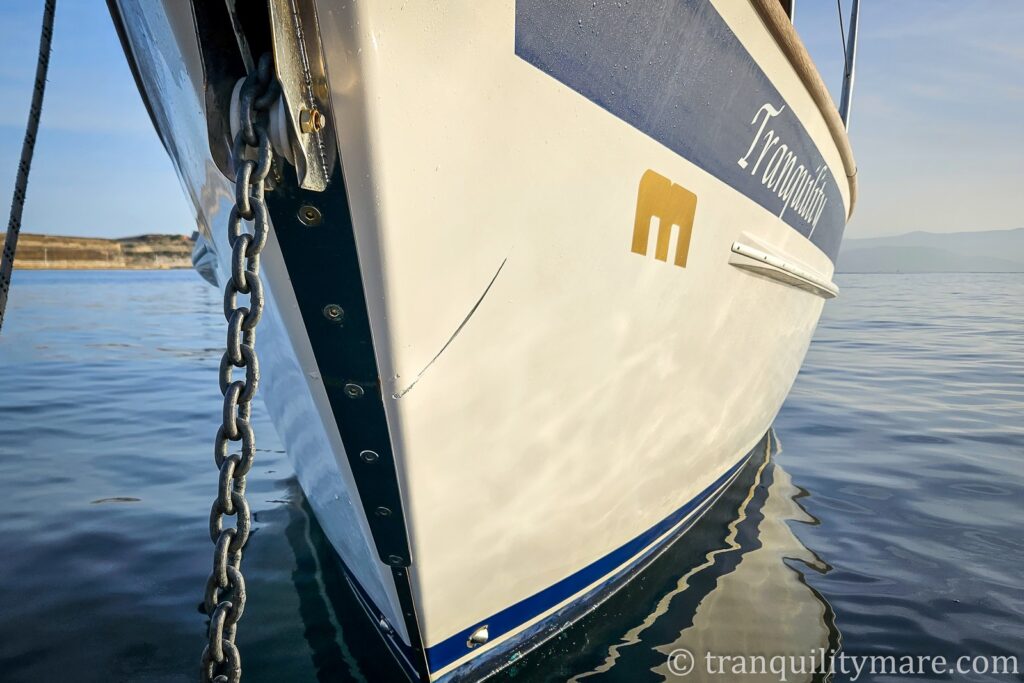


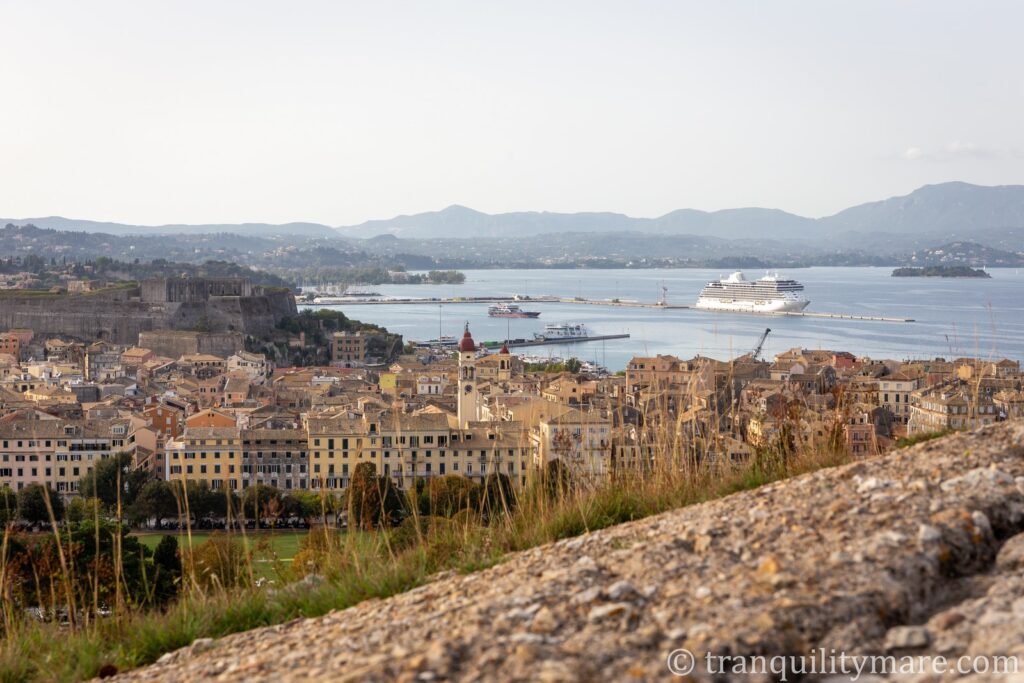
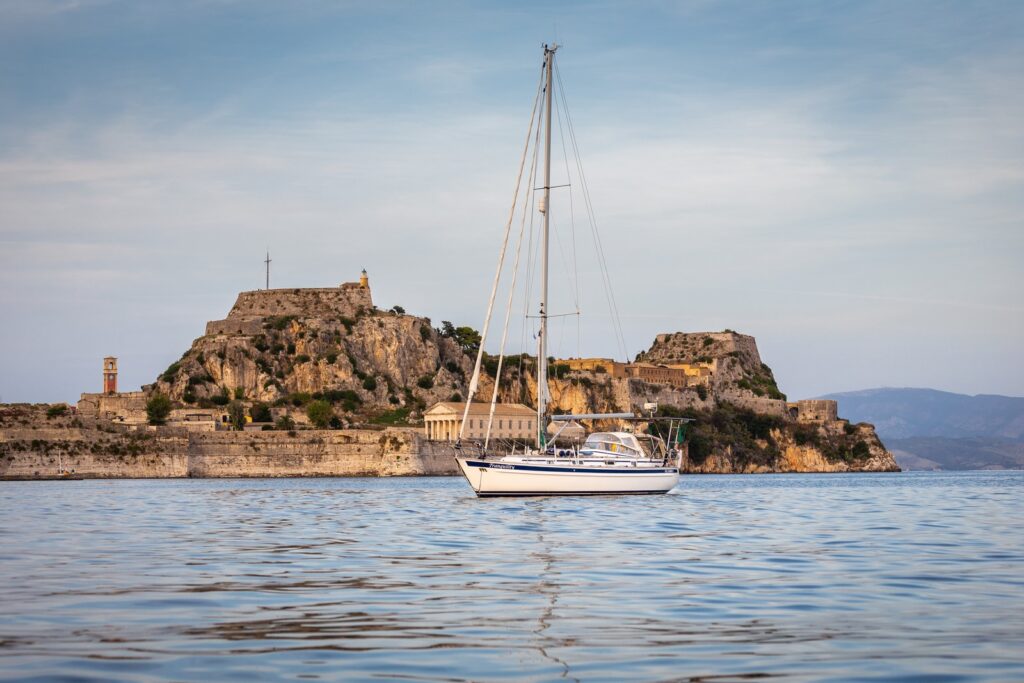
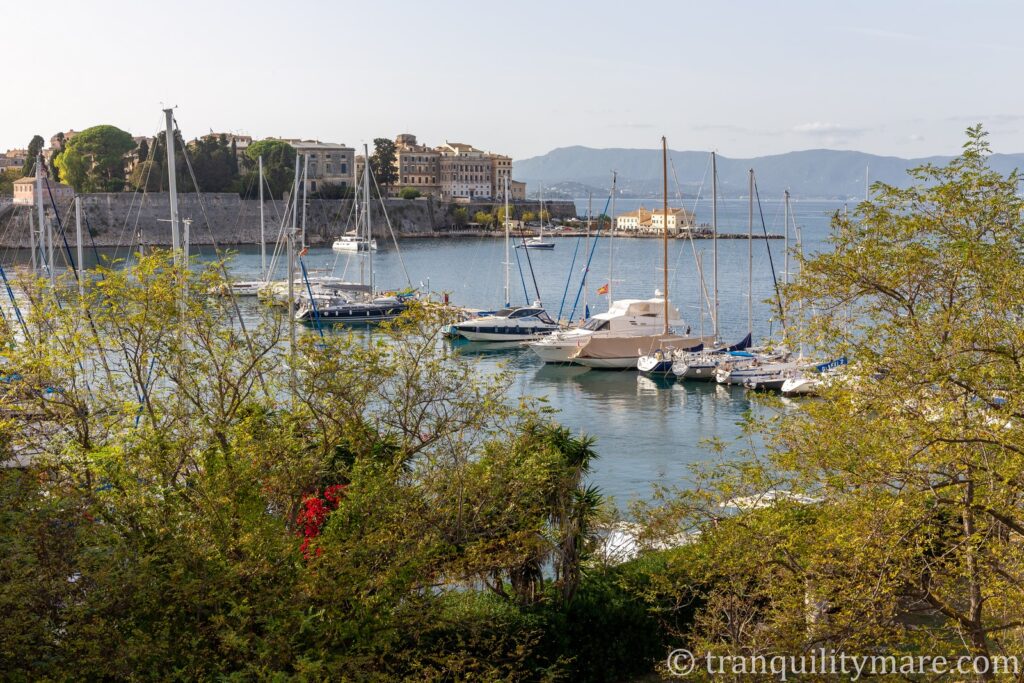
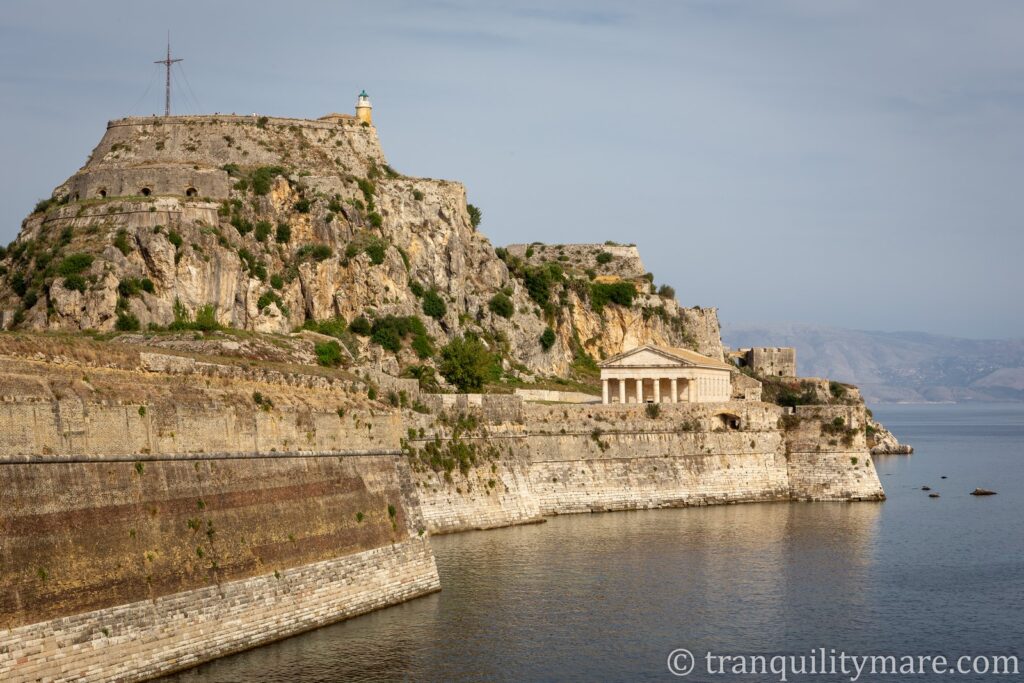
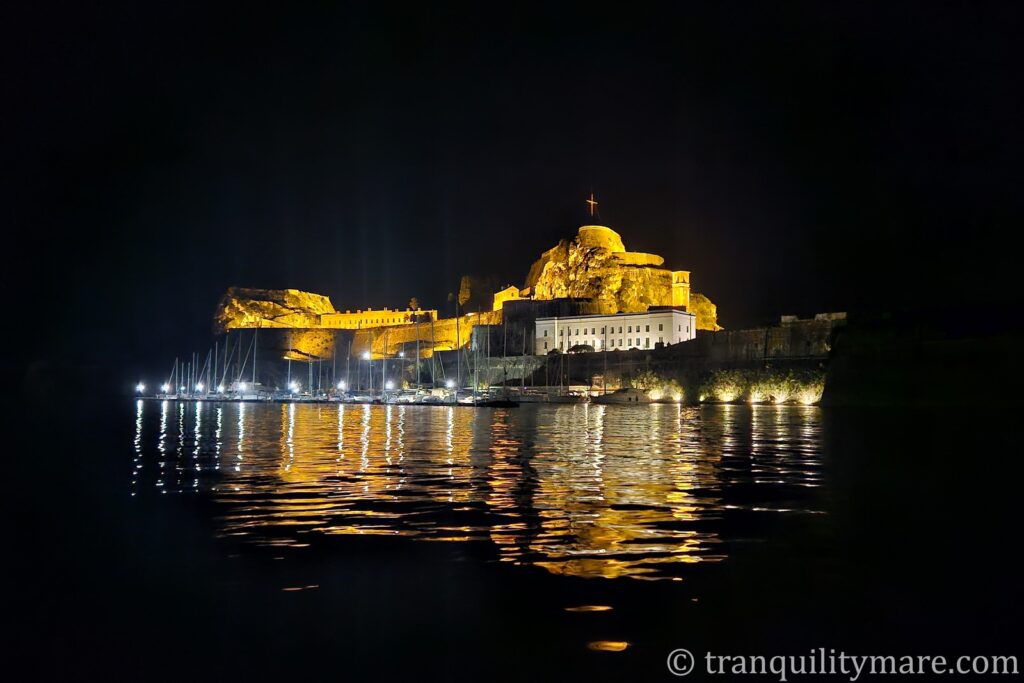
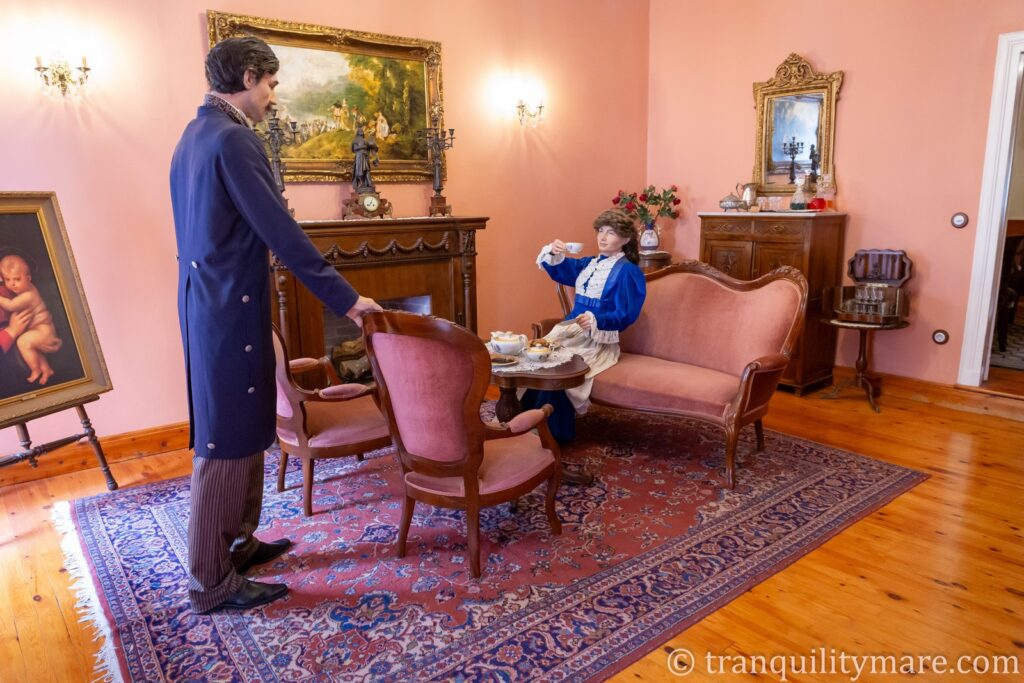
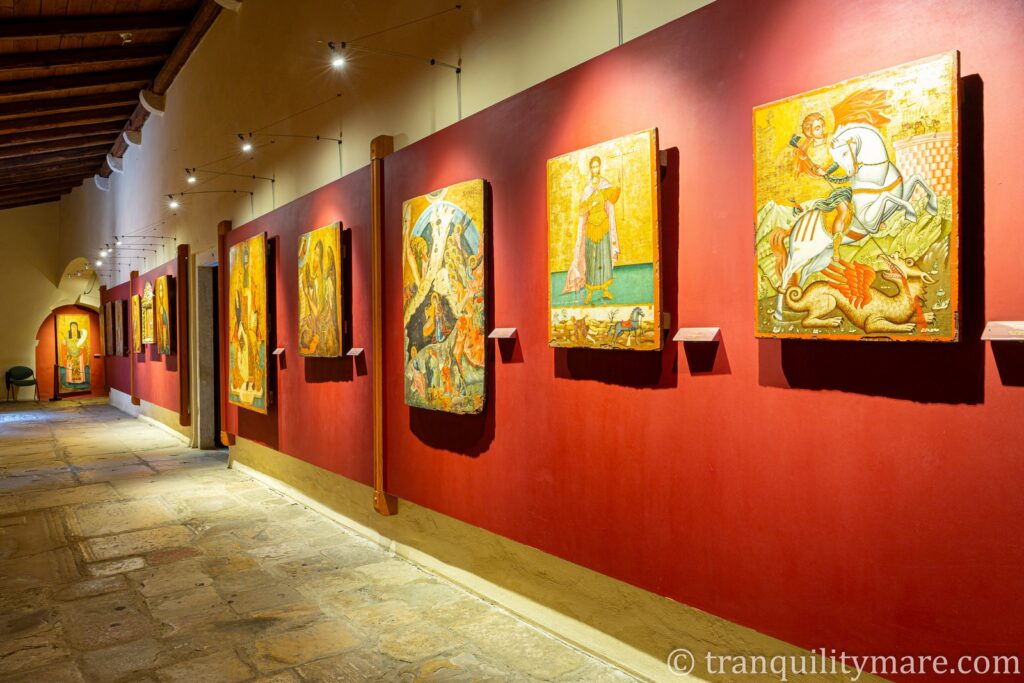
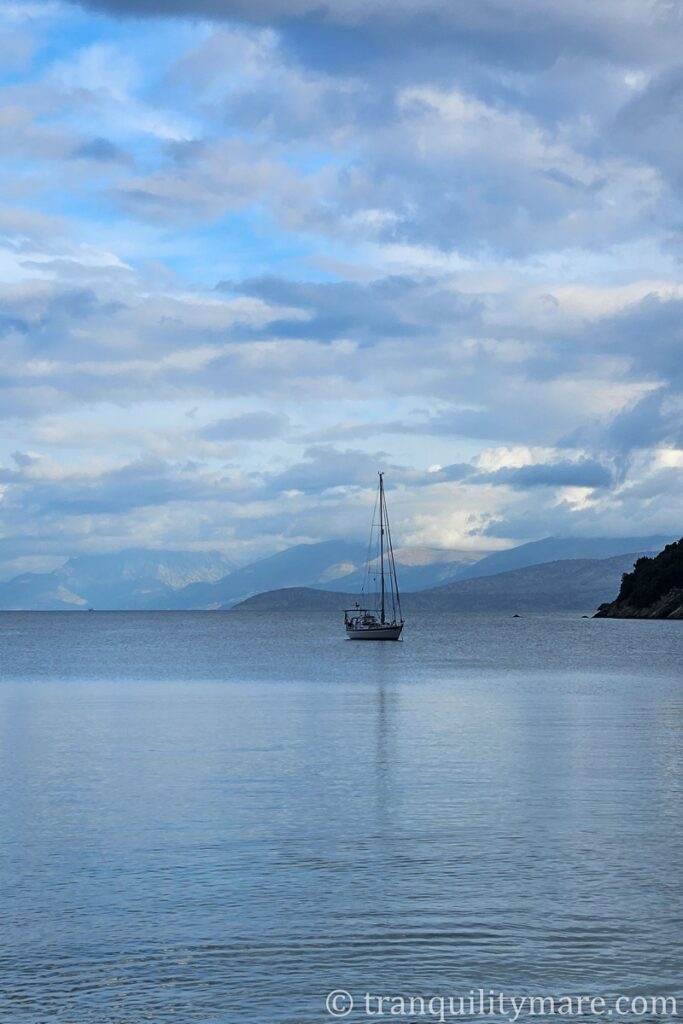
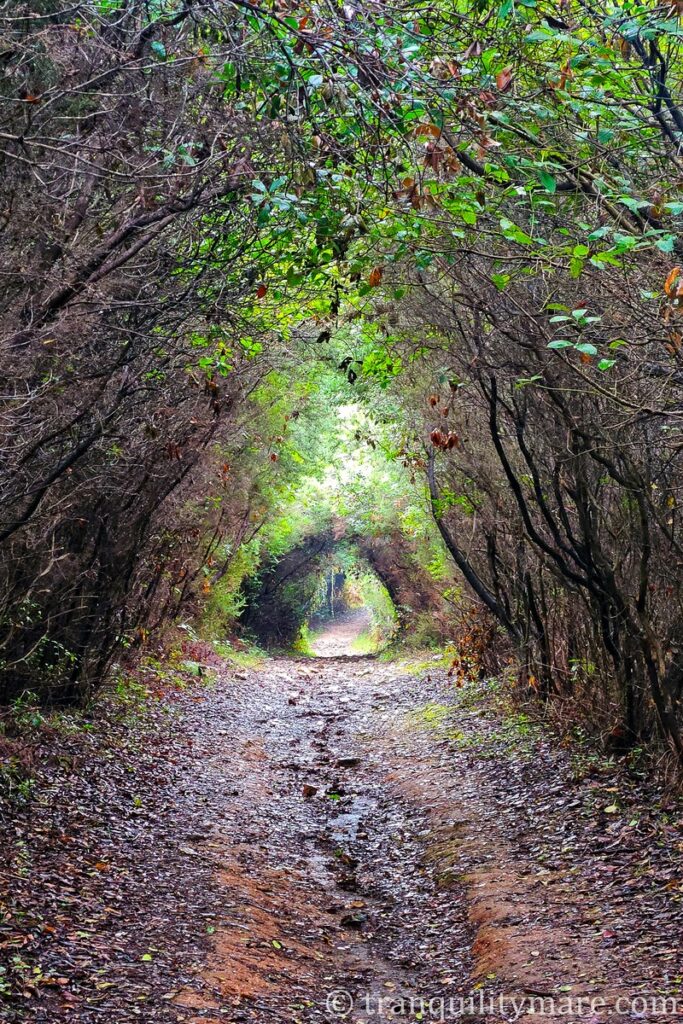
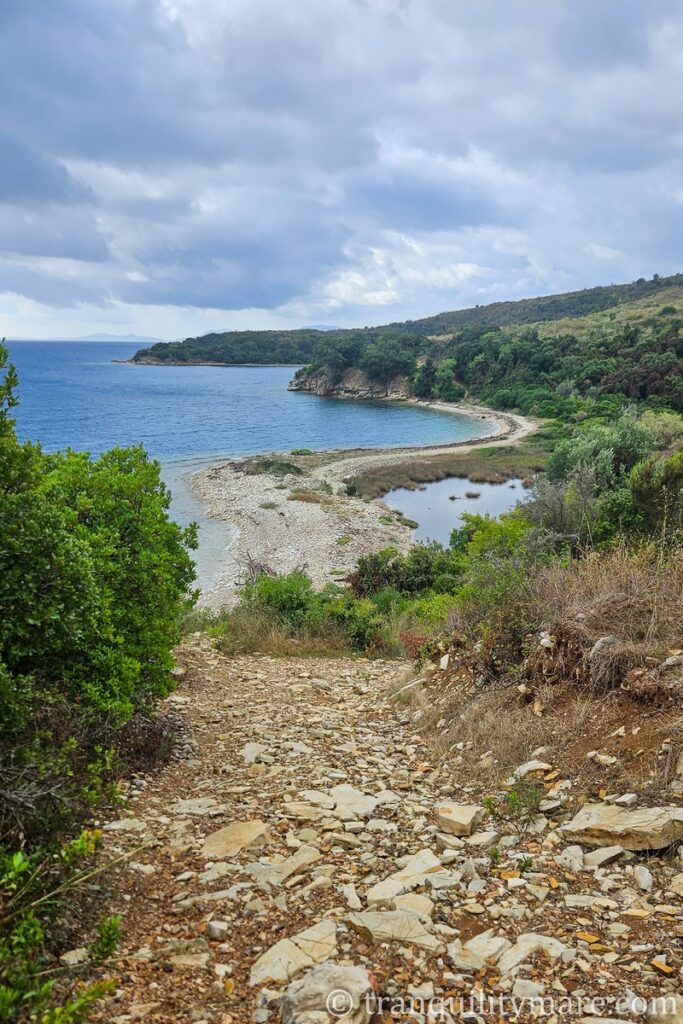
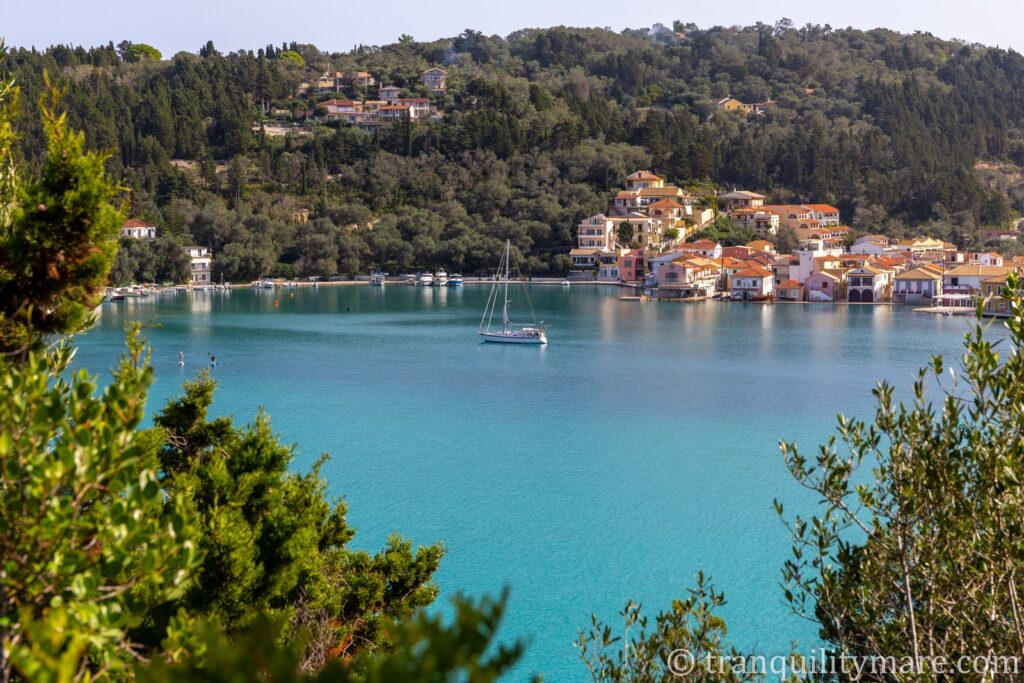
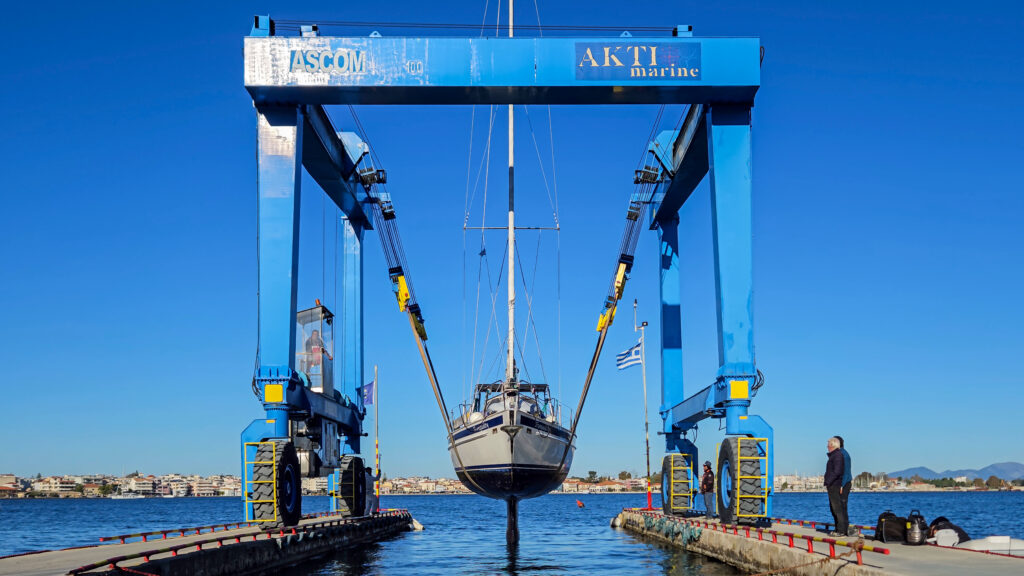

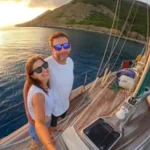

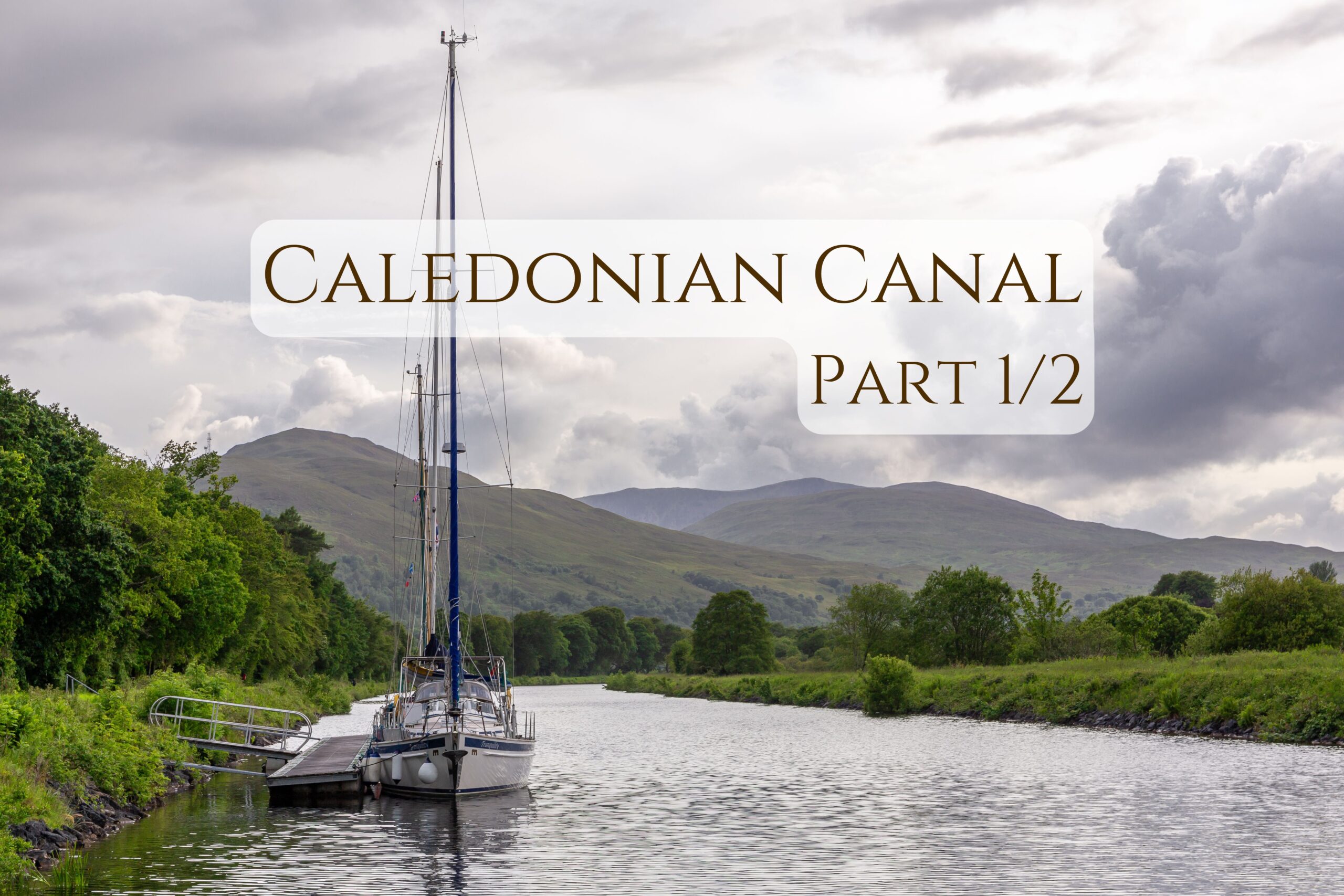
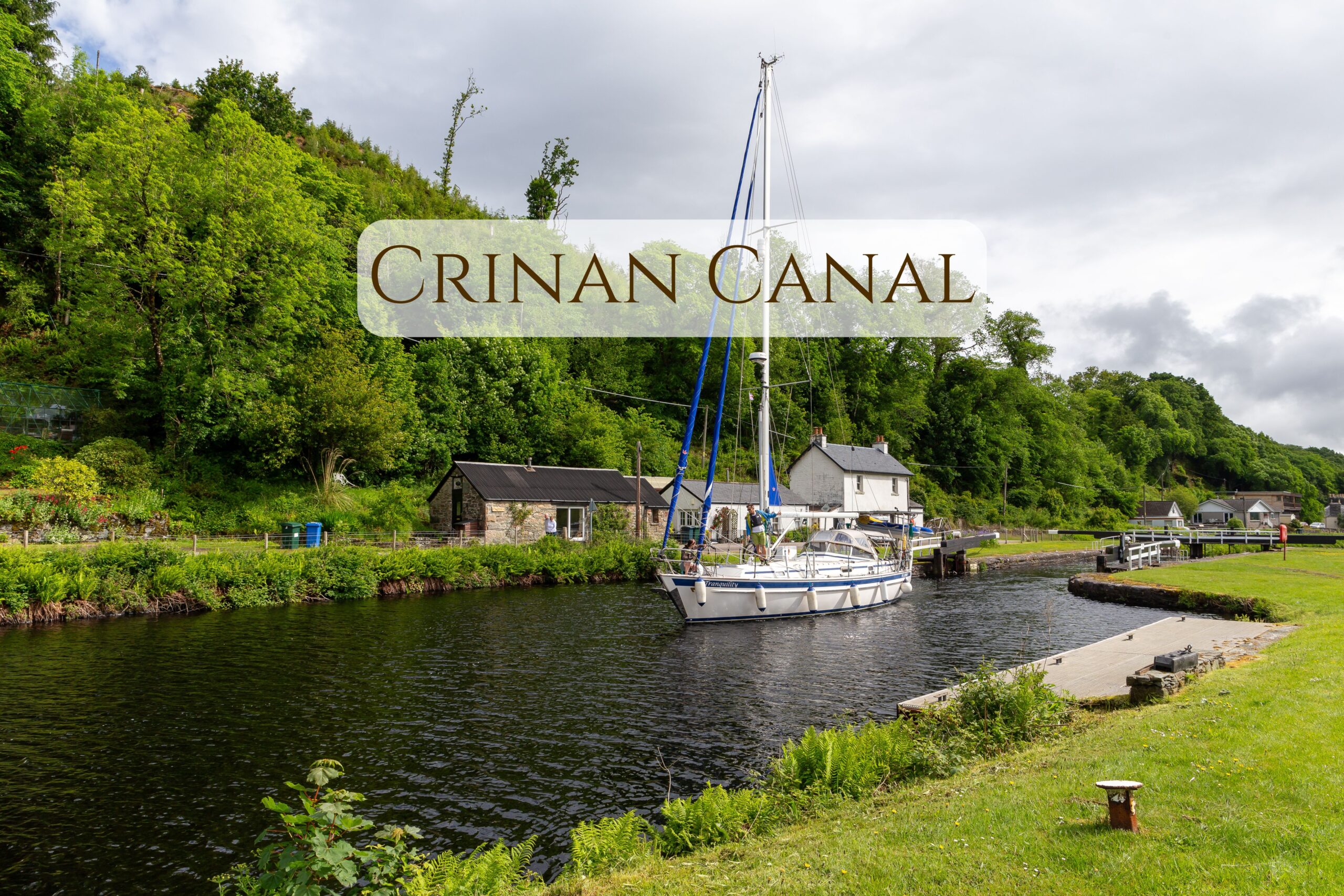
No responses yet